
Veolia Transport Company Cyber Security Posture
veolia-transport.com* Incorporate all transportation options seamlessly into the region * Offer a coordinated, smooth, interlocking transportation system * Provide each rider with high-quality service * Make our employees central to our business plan * Make tangible, measurable improvements to the environment * Leverage new growth opportunities
Veolia Transport Company Details
veolia-transport
10,001+ employees
0
484
Truck Transportation
veolia-transport.com
Scan still pending
VEO_8732921
In-progress
Between 900 and 1000
This score is AI-generated and less favored by cyber insurers, who prefer the TPRM score.
 Veolia Transport Global Score
Veolia Transport Global Score.png)

Veolia Transport Company Scoring based on AI Models
| Model Name | Date | Description | Current Score Difference | Score |
|---|---|---|---|---|
| AVERAGE-Industry | 03-12-2025 | This score represents the average cybersecurity rating of companies already scanned within the same industry. It provides a benchmark to compare an individual company's security posture against its industry peers. | N/A | Between 900 and 1000 |
Veolia Transport Company Cyber Security News & History
| Entity | Type | Severity | Impact | Seen | Url ID | Details | View |
|---|
Veolia Transport Company Subsidiaries

* Incorporate all transportation options seamlessly into the region * Offer a coordinated, smooth, interlocking transportation system * Provide each rider with high-quality service * Make our employees central to our business plan * Make tangible, measurable improvements to the environment * Leverage new growth opportunities
Access Data Using Our API

Get company history
.png)
Veolia Transport Cyber Security News
Kansas bus agency KCATA discloses ransomware attack, Medusa group demands $2 million ransom
Kansas bus agency KCATA discloses ransomware attack, Medusa group demands $2 million ransom ... The Kansas City Area Transportation Authority ( ...

Veolia Transport Similar Companies

J.B. Hunt Transport Services, Inc.
J.B. Hunt Transport, Inc. is a Fortune 300 company that specializes in freight shipping for customers of all sizes. Our mission is to drive long-term value for our people, customers and shareholders while staying focused on our vision to create the most efficient transportation network in North Amer
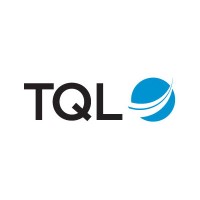
Total Quality Logistics
The logistics industry is a $500 billion market. With annual sales over $8 billion, Total Quality Logistics (TQL) is one of the largest freight brokerage firms in the nation. TQL connects customers with truckload freight that needs to be moved with quality carriers who have the capacity to move it.
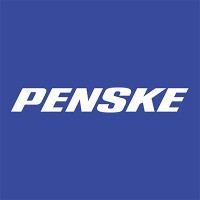
Penske Truck Leasing
Penske Truck Leasing is a Penske Transportation Solutions company headquartered in Reading, Pennsylvania. A leading provider of innovative transportation solutions, Penske operates and maintains more than 437,000 vehicles and serves its customers from nearly 1,000 maintenance facilities and more tha
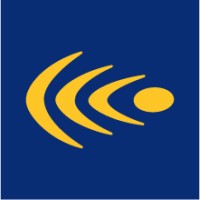
Netlog Logistics Group
– Based in Istanbul, Turkey, Netlog Logistics Group (“NLG”) is an internationally acclaimed logistics services provider (“LSP”) – NLG offers warehousing, international road, air and sea freight transportation, as well as temperature-controlled logistics and liquid bulk food transportatio
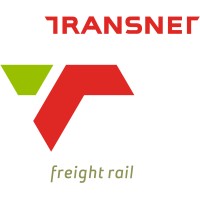
Transnet Freight Rail
Transnet Freight Rail is the largest division of Transnet SOC Ltd. It is a world class heavy haul freight rail company that specialises in the transportation of freight. The company maintains an extensive rail network across South Africa that connects with other rail networks in the sub-Saharan reg
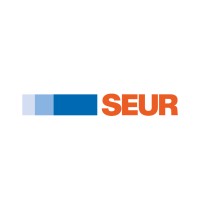
SEUR
SEUR, compañía pionera en el transporte urgente en España, lidera el sector con tres grandes ejes de negocio: internacional, comercio electrónico y envíos a temperatura controlada. En el último año hemos realizado más de 120 millones de envíos a nivel nacional, y como parte de Geopost, la r

Frequently Asked Questions
Explore insights on cybersecurity incidents, risk posture, and Rankiteo's assessments.
Veolia Transport CyberSecurity History Information
How many cyber incidents has Veolia Transport faced?
Total Incidents: According to Rankiteo, Veolia Transport has faced 0 incidents in the past.
What types of cybersecurity incidents have occurred at Veolia Transport?
Incident Types: The types of cybersecurity incidents that have occurred include .
Incident Details
What are the most common types of attacks the company has faced?
Additional Questions
What Do We Measure?
















Every week, Rankiteo analyzes billions of signals to give organizations a sharper, faster view of emerging risks. With deeper, more actionable intelligence at their fingertips, security teams can outpace threat actors, respond instantly to Zero-Day attacks, and dramatically shrink their risk exposure window.
These are some of the factors we use to calculate the overall score:
Identify exposed access points, detect misconfigured SSL certificates, and uncover vulnerabilities across the network infrastructure.
Gain visibility into the software components used within an organization to detect vulnerabilities, manage risk, and ensure supply chain security.
Monitor and manage all IT assets and their configurations to ensure accurate, real-time visibility across the company's technology environment.
Leverage real-time insights on active threats, malware campaigns, and emerging vulnerabilities to proactively defend against evolving cyberattacks.




